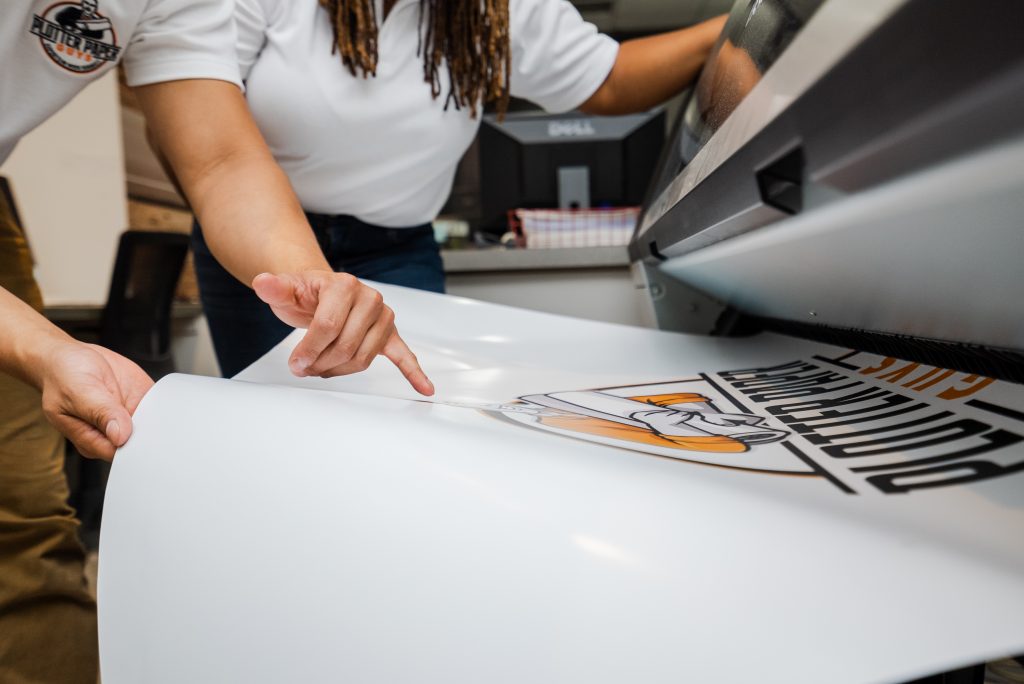Maintaining adequate water pressure is crucial for every home, influencing everything from efficient laundry washing to enjoying a relaxing shower. Low water pressure not only leads to inconvenience but can also potentially damage appliances and plumbing fixtures over time. Aside from the obvious frustrations, addressing water pressure problems can greatly enhance day-to-day living and potentially increase property value. Fortunately, there are practical solutions that one can implement to tackle this prevalent home issue.
Understanding Water Pressure Basics
Water pressure is essentially the force that pushes water through the plumbing system, reaching faucets, showerheads, and appliances. It plays a pivotal role in household plumbing, ensuring water is delivered efficiently and effortlessly to where it’s needed most. Typically, residential water pressure is considered normal when in the range of 40 to 60 psi (pounds per square inch). It’s important because if the pressure is too low, water flow is affected, and if it’s too high, it may damage pipes and appliances over time. Water pressure is typically measured with a gauge that attaches to a hose bib. A reading of this gauge provides insights into the handful of factors at play, like demand and supply changes, which might cause fluctuations in water pressure levels.
Common Causes of Low Water Pressure
When it comes to identifying the causes of low water pressure, a handful of usual suspects are worth considering.
Pipe Corrosion: Older homes, especially those with metal piping, often experience corroded pipes. As pipes corrode, the internal diameter decreases, restricting water flow and subsequently lowering water pressure.
Leaks in the Plumbing System: Even minor leaks can cause a noticeable drop in water pressure. They allow water to seep out before reaching its intended destination, reducing overall system pressure.
Faulty Pressure Regulators: If this essential device malfunctions, it can lead to irregular water pressure. A faulty regulator can cause pressure to be too high or too low, both of which present problems.
Clogged Pipes: Over time, mineral deposits and debris build up within pipes, particularly in areas with hard water. This results in partial blockages, reducing the volume of water flowing through.
Diagnosing Water Pressure Problems
Diagnosing water pressure issues may seem daunting, but it’s entirely manageable with some basic steps.
Start by checking all fixtures to determine whether the issue is isolated (localised) or affects the whole house. A simple way to get an accurate measurement of water pressure is to use a pressure gauge readily available at hardware stores. Attach it to a hose bib and turn on the water. Compare the reading to standard residential levels (40-60 psi). If the measurement is off, the water pressure issue is indeed present.
For instance, if only a particular tap seems to have low pressure, the problem could be localised, like a clogged aerator. If, however, all fixtures exhibit low pressure, there might be a broader issue with the plumbing system or supply line. It’s wise to know when calling for professional help is necessary—like when the issue is root-deep and beyond simple DIY fixes.
DIY Solutions for Improving Water Pressure
Here are some practical DIY solutions that can improve water pressure in your home:
Cleaning Faucet Aerators and Showerheads: Often, these can get clogged with sediment and mineral deposits. Remove them (take note of their placement for reassembly), soak in vinegar overnight to dissolve buildup, scrub if necessary, and reattach.
Adjusting or Replacing Pressure Regulators: For slight adjustments, consult the instruction manual to locate the regulator. Usually, a clockwise turn increases pressure. If adjusting does not resolve the issue, consider replacing it following the manufacturer’s guidelines.
Fixing and Preventing Leaks: Identify small leaks by keeping an eye out for unexplained water patches or faint sounds of trickling. Once located, shut off the water supply and use pipe sealant or replace problematic sections altogether.
Pipe Replacement: For long-term issues like corroded pipes, replacement might be necessary. PVC or PEX pipes are popular replacements due to their durability and cost-effectiveness.
When to Call a Professional
There are situations when seeking professional assistance is the best course of action. If troubleshooting does not locate the issue, or the problem involves complex plumbing components like the main supply line or internal piping, calling in a professional is advisable. DIY fixes, while cost-effective, can sometimes complicate the issue, leading to costlier repairs down the line. When selecting a professional plumbing service, it’s crucial to verify credentials and look for reviews from past clients. Cost considerations include not just immediate expenses but also the long-term prevention of more expensive damage. Therefore, professional help for water pressure problems could be a sound investment, preserving home systems and protecting property value.
Conclusion
In summary, dealing with low water pressure involves understanding its root causes, diagnosing problems, and implementing suitable fixes. Maintaining optimal water pressure brings myriad benefits, from preventing plumbing damage to enhancing everyday living comfort. Though many solutions can be managed with basic DIY skills, regular maintenance checks are recommended to catch issues early. For more complex situations, expert assistance ensures thorough resolution. Homeowners can typically handle minor issues, equipped with the right information, saving both time and resources whilst maintaining hassle-free, efficient water flow at home.






